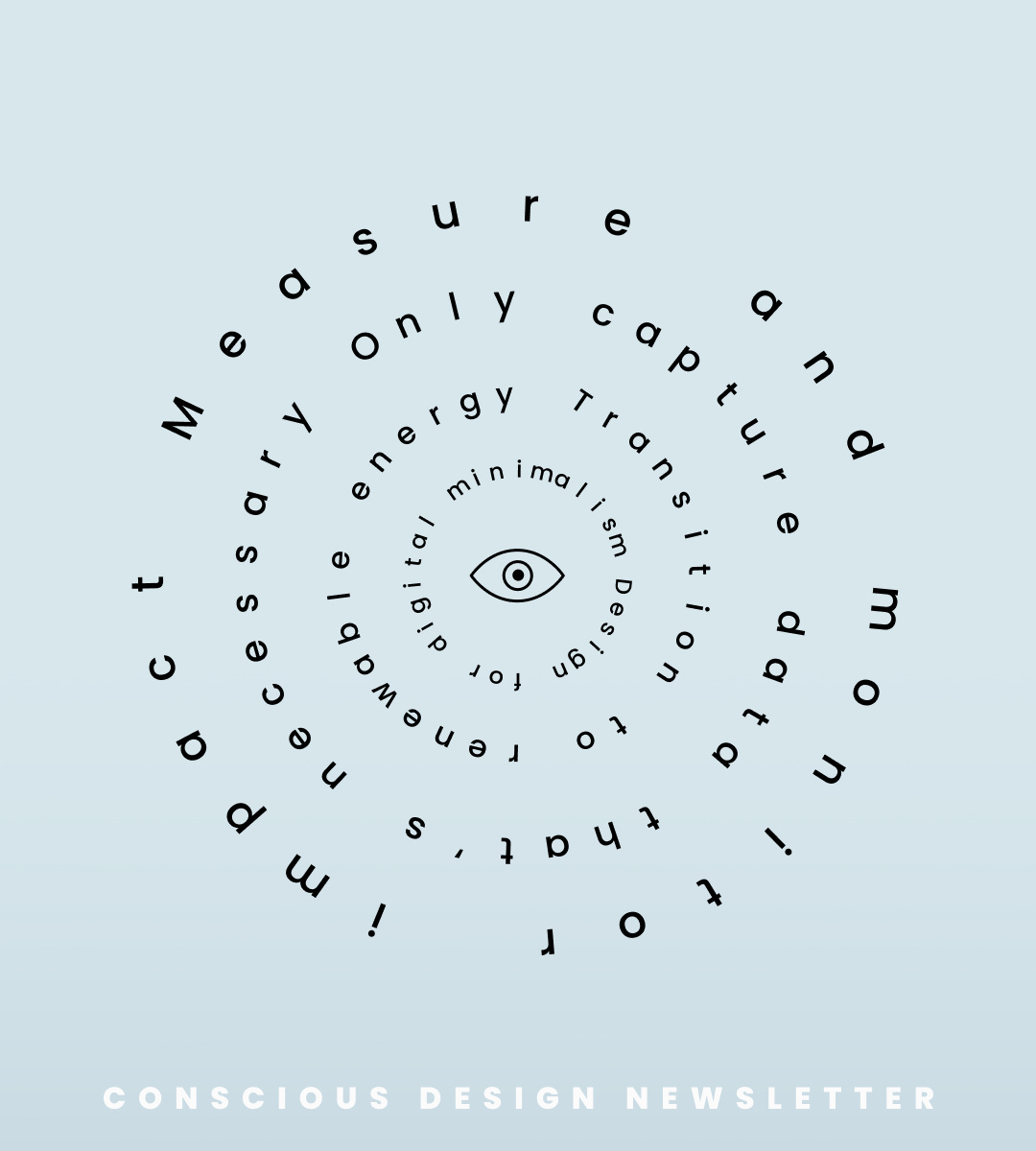Digital products are the problem
Have you integrated sustainability considerations into your design process?
99% of people don’t take the environment into consideration when using digital products. In my previous piece, we spoke about:
✔️ Environmental impact of digital products
✔️ People don’t have time to care about sustainability
✔️ How to communicate so that people listen
Here’s a refresher for the culprits of digital pollution:
Energy Consumption
Carbon Emissions
Manufacturing and Supply Chain
Electronic Waste (E-waste)
If you haven’t read that, go back and check it out. 👀
Designers are part of the solution
The solution is, of course, to get rid of humans.
Jk. 😛 So what’s a realistic solution here? There are several approaches presented to get to 2030 reduction goals and net-zero. All involve behavioral changes that designers will guide. James Christie estimates that 40% of the internet’s total footprint occurs on the front-end, created by designers.1 The most sustainable companies will be startups that bake sustainability into their business model.
How digital products can be more sustainable
At a high level, here are some ways companies can be more sustainable:
transition to renewable energy
increase energy efficiency
reuse products or refurbish
design for digital minimalism
end-of-life disposal and recycling
only capture data that’s necessary
invest in carbon capture and storage
measure and monitor impact
corporate carbon offset
The question is how do designers get involved?
Bake sustainability into the product
I don’t mean to be dramatic here but the world is in your hands.😁 As designers, we need to meet people where they are, communicate for impact, bake sustainability into the company, and make sustainability the obvious choice. More and more consumers want to take actions that align with their values.
Components of sustainable digital products
software
design and development
visual assets
uploading and downloading
data capture
1. Software
Assess what is used to build and host our software. The cloud is not actually a cloud. ☁️ Software is hosted on servers. In North America, most data centers draw power from dirty electricity grids.2 Check if your hosting provider uses renewable energy. If not, consider switching. Software also requires energy consumption. For example, when left open, they use RAM and processing power which is wasteful. We can even take a look at our own tech offices, the energy we consume, and the products we use that help us create our software (think Slack, JIRA, Asana, Notion, etc.)
2. Design and development
What’s good for the UX is also good for the environment. By this I mean, help the user get from point A to point B in the simplest and most efficient manner, eliminate visual clutter, and reduce cognitive load. Responsive or mobile-first design can also minimize resource consumption. Similarly, work with your engineering counterpart to optimize code for performance. This even improves the UX by saving the user’s battery. Engineers should also minimize the use of unnecessary libraries, dependencies, third-party services and integrations.
3. Visual assets
Visual assets refer to graphics, images, videos, and other multimedia elements used in a digital product, which all consume energy. As designers, it’s challenging for us to track production process of the asset, however, where we definitely can have an impact is only using what’s necessary. Optimize file sizes; images can be compressed or reduced for the fastest delivery.
Keep reading with a 7-day free trial
Subscribe to Conscious Tech to keep reading this post and get 7 days of free access to the full post archives.




